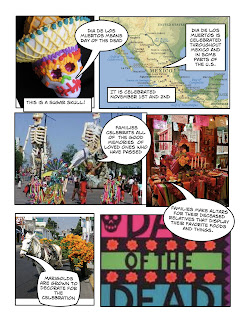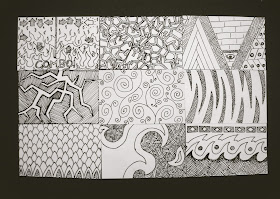
I was super excited when I read artprojectgirl's post on using Comic Life as a way to teach and assess her students' learning. How much more fun would learning be if your notes were presented in comic strips? And why did I never discover this on my mac until now? I am definitely going to apply this tool to my own teaching! Thanks artprojectgirl! :-)
































